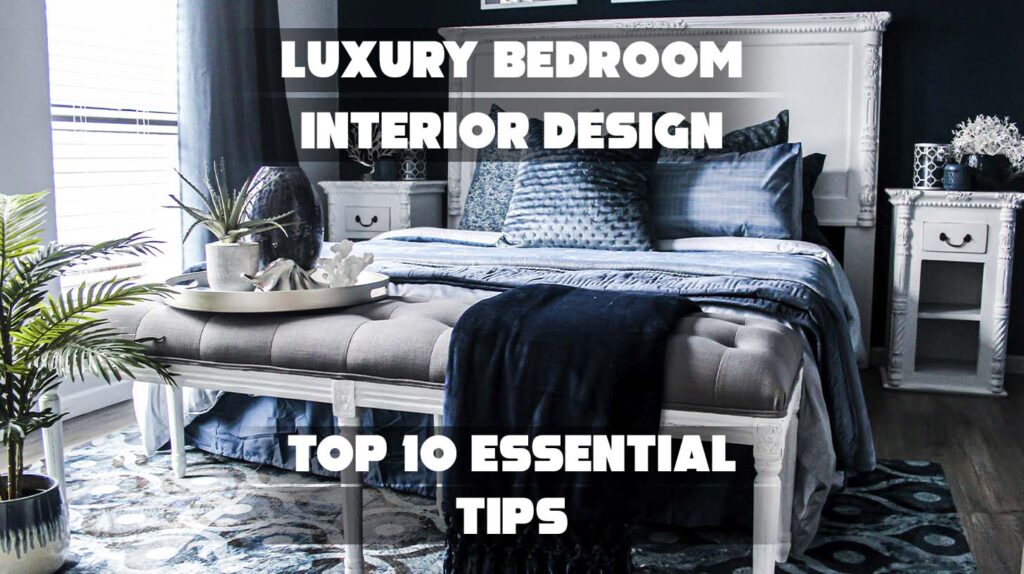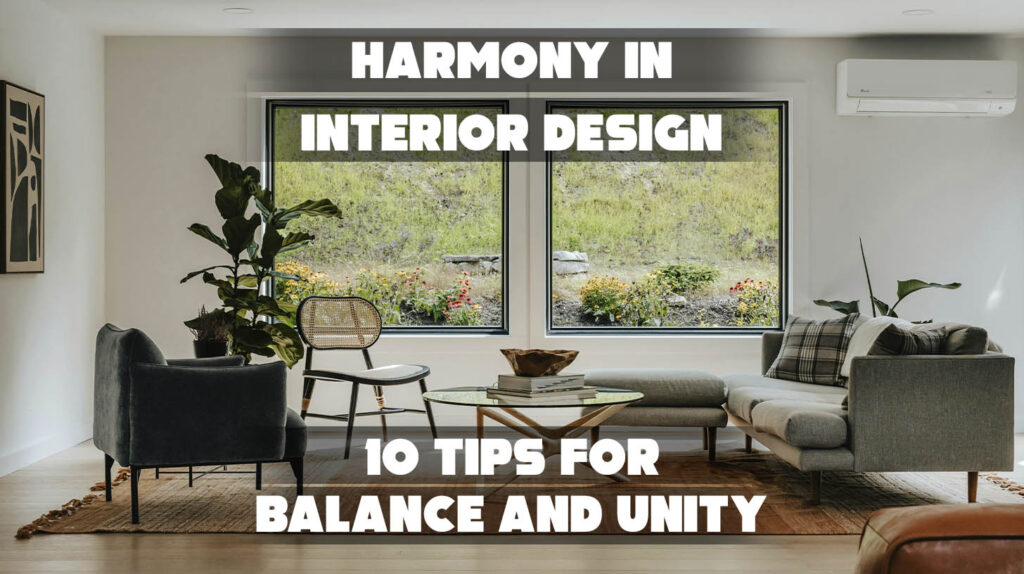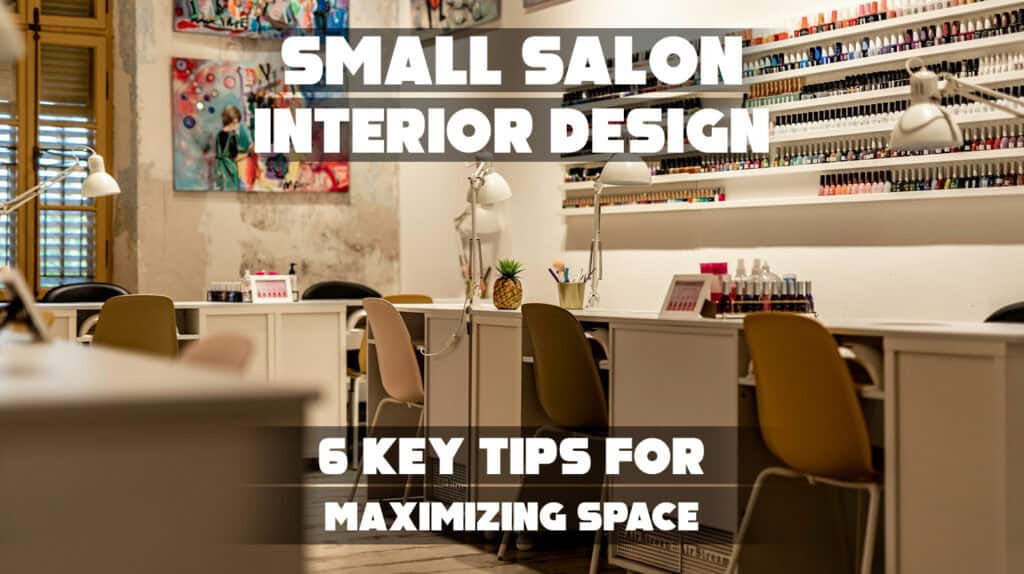Ever wonder why some rooms feel effortlessly stylish while others seem chaotic? Choosing the appropriate pattern can be the key to transforming any space.
You’re not alone if you’ve struggled with mixing other geometric patterns or adding interest through soft furnishings—many face the same challenges.
As experienced design guides, we’ll help you:
- Understand appropriate pattern selection
- Confidently layer other geometric patterns
- Elevate your space using soft furnishings
Keep reading to master the art of pattern mixing and watch your interiors come alive with personality and balance!
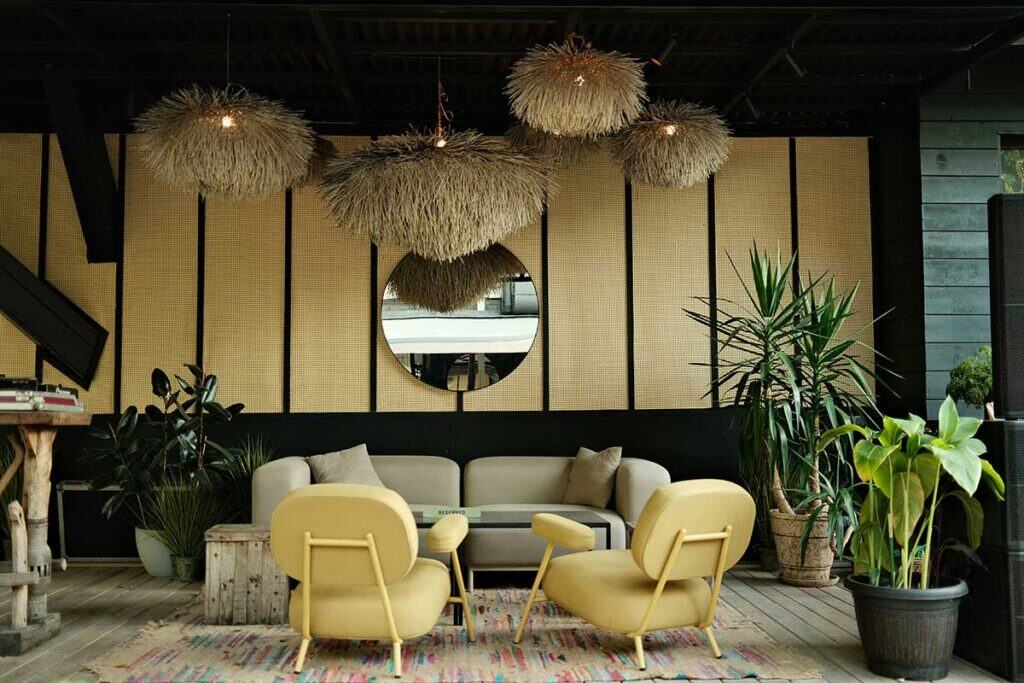
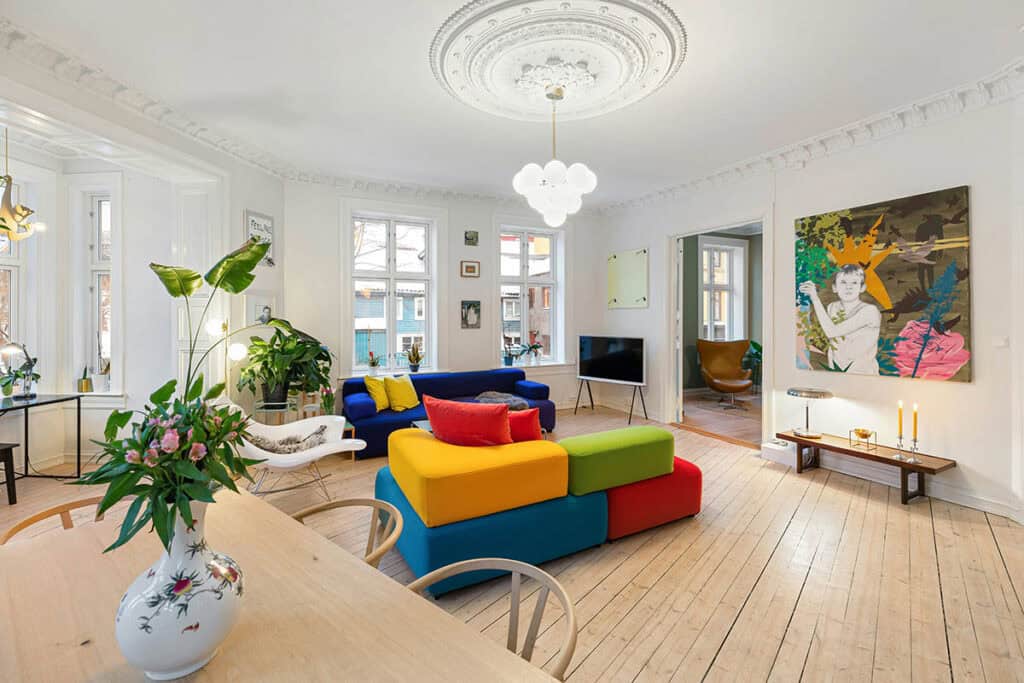
1. Understanding Pattern in Interior Design
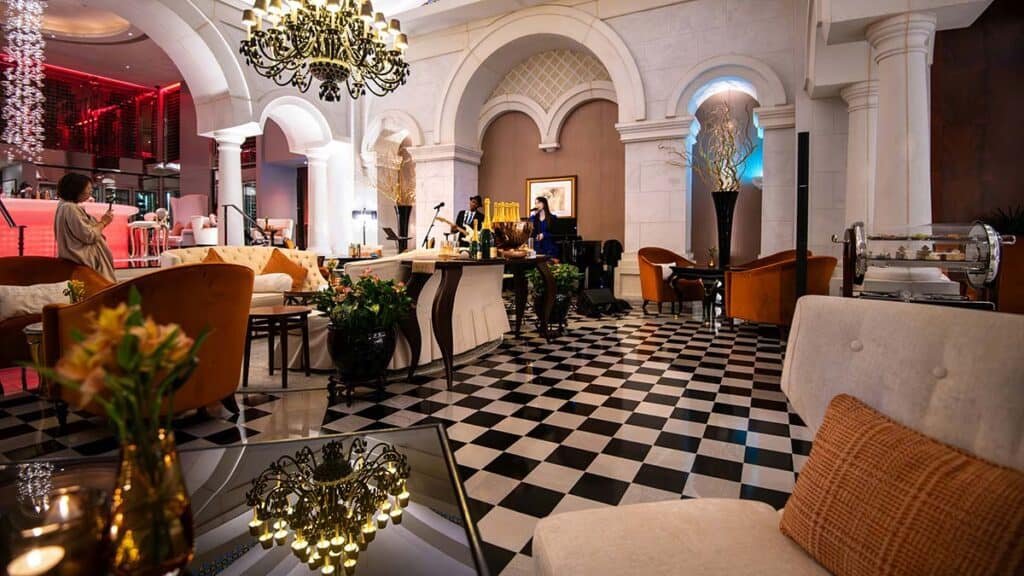
Patterns are essential for adding visual interest and personality to interiors. They can define the mood of a space and serve both functional and decorative purposes. Understanding their definitions, types, and psychological effects helps in effectively incorporating patterns without overwhelming a room.
Definition and Key Concepts
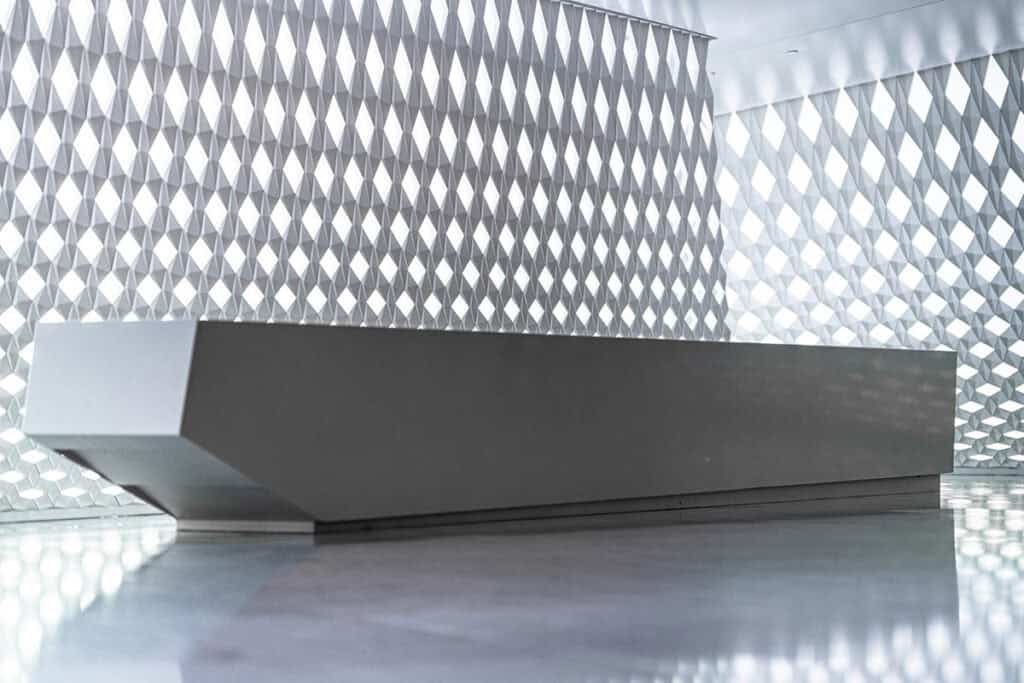
Pattern in interior design refers to the repetition of shapes, lines, or colors arranged in a consistent manner. These visual arrangements create rhythm and structure within a space, breaking up solid colors or plain surfaces.
Key aspects include scale, which dictates the size of the pattern elements, and repeat, the frequency with which a pattern recurs. Both influence how dominant or subtle a pattern appears.
Patterns can be symmetrical or asymmetrical and range from simple textures to complex motifs. They are often used on fabrics, wallpapers, rugs, and tiles to layer depth and character into a design.
Types of Patterns Used in Interiors
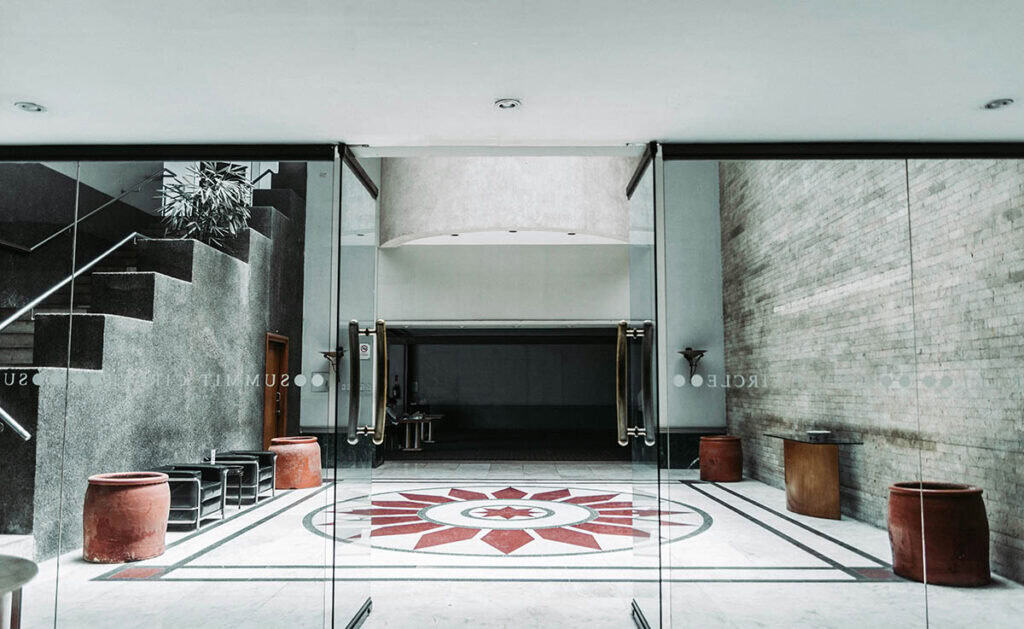
Common pattern types include geometric, floral, abstract, and striped. Geometric patterns use precise shapes like squares, triangles, or hexagons, offering a modern or structured look.
Floral patterns bring organic shapes and softness, adding a natural and often timeless aesthetic. Abstract patterns tend to be irregular, focusing on creativity and fluidity.
Designers often incorporate multiple patterns in one room by varying scale and color to maintain balance. Mixing patterns successfully requires contrasting yet complementary designs, ensuring the space feels cohesive rather than chaotic.
Psychological Impact of Patterns
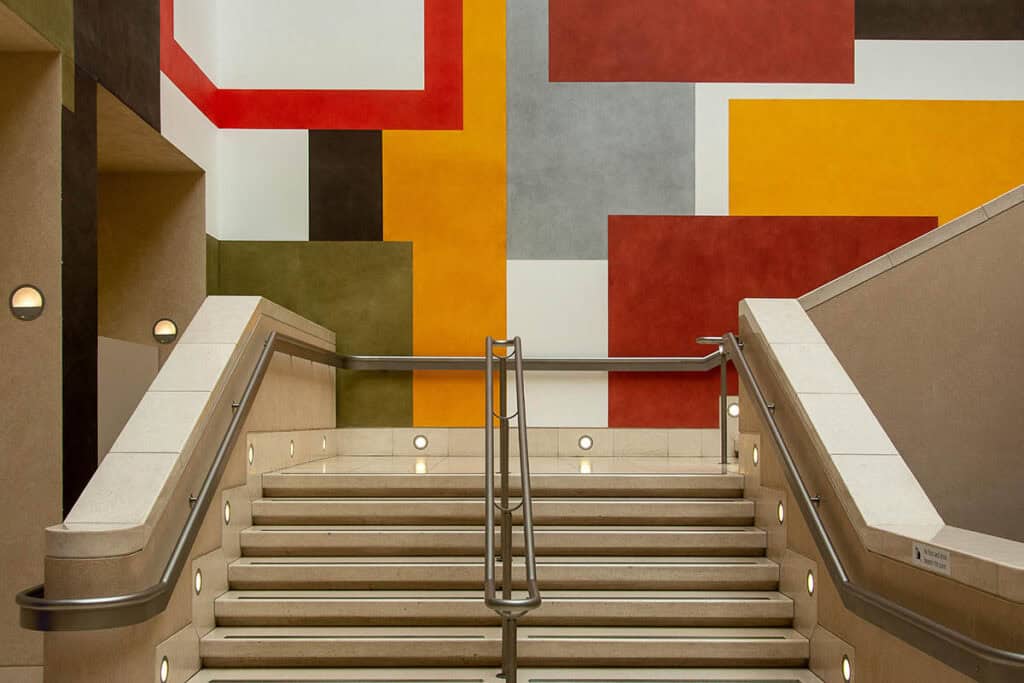
Patterns influence mood and perception within a space. Bold, large-scale patterns can energize a room, making it feel dynamic, while small, repetitive patterns promote calm and order.
Geometric patterns often evoke feelings of stability and modernity. Floral patterns tend to create warmth and comfort.
Patterns also guide the viewer’s eye, can make a space appear larger or cozier, and can highlight architectural features. By carefully choosing and incorporating patterns, one can control the emotional and spatial experience of any interior.
2. Principles of Pattern Application In Interior Design

Applying pattern in interior design requires careful attention to how patterns interact within a space. Key considerations involve selecting appropriate sizes, achieving visual balance, and creating a sense of movement.
These elements ensure that patterns enhance rather than overwhelm the room.
Scale and Proportion
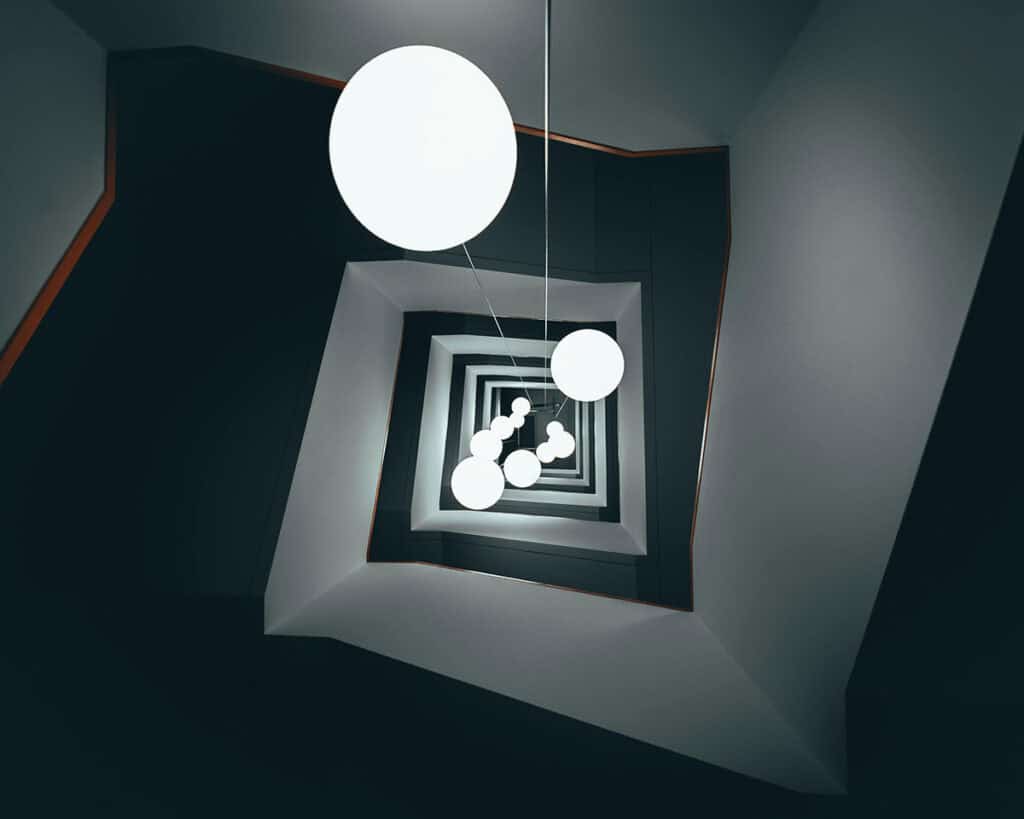
Scale refers to the size of a pattern relative to the space it occupies, which is critical in interior design. Large geometric patterns can dominate a room, especially in small spaces, while small floral patterns often add subtle texture without overwhelming.
Proportion relates to how patterns work together visually. Mixing patterns of different scales—such as pairing a bold, oversized print with a smaller, delicate one—helps prevent visual clutter.
Following the 60-30-10 color and pattern rule can guide the distribution: 60% dominant pattern, 30% secondary, and 10% accent. This method ensures patterns feel intentional and balanced across walls, furniture, and textiles.
Balance and Harmony

Balance in pattern mixing means distributing visual weight evenly to avoid one area feeling too busy or too plain. Symmetrical placement of patterns brings harmony, but asymmetrical balance can work if it maintains visual interest through repetition or complementary shapes.
Colors and styles of patterns must complement each other to achieve harmony. For instance, geometric patterns with sharp lines contrast well with organic floral designs, creating a balanced dynamic that feels cohesive rather than chaotic. Neutral tones in one pattern can help unify bolder colored patterns elsewhere.
Repetition and Rhythm
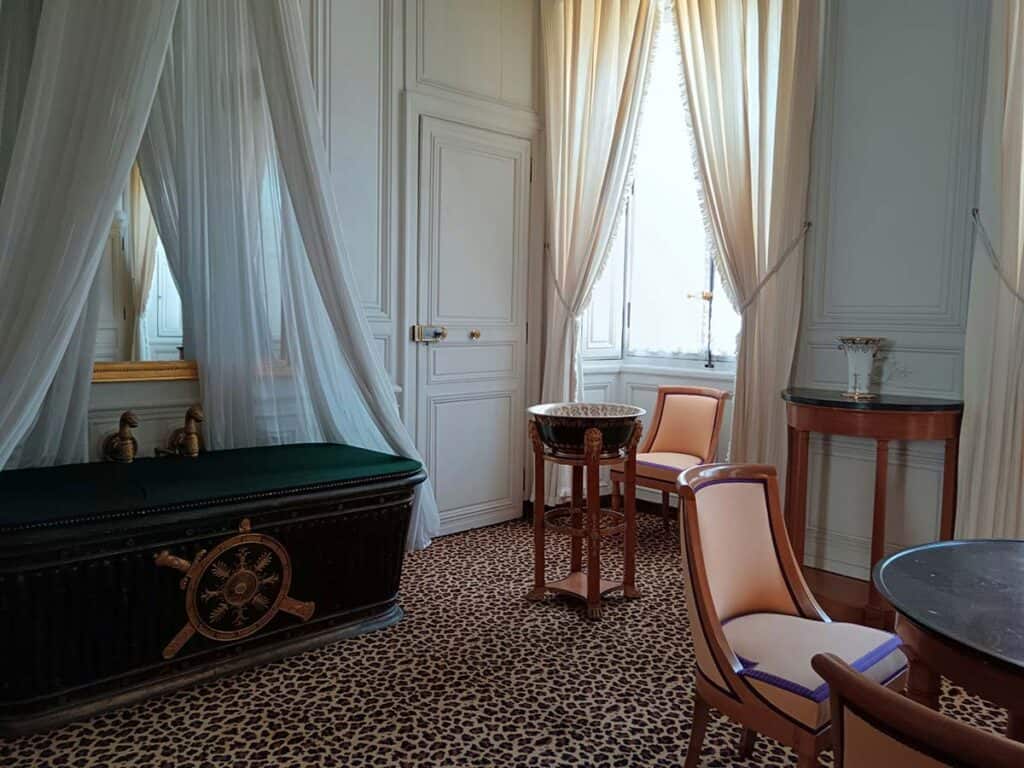
Repetition in interior design uses recurring patterns to create rhythm and flow throughout a space. This can be done by repeating geometric shapes in upholstery and curtains or using floral motifs consistently across pillows and rugs.
Rhythm emerges when patterns guide the eye through the room, preventing visual stagnation. Varying the intensity of repetition—sometimes bold, sometimes subtle—helps maintain engagement.
Thoughtful repetition of multiple patterns connects different design elements, reinforcing the overall style and enhancing spatial cohesion.
See also Curved Lines in Interior Design
3. Pattern Combinations and Layering In Interior Design
Layering patterns adds depth and character to interior design by carefully blending different motifs and colors. Balancing scale, style, and color schemes ensures that multiple patterns work harmoniously without overwhelming the space. This approach enhances visual interest and prevents clutter.
Mixing Different Patterns
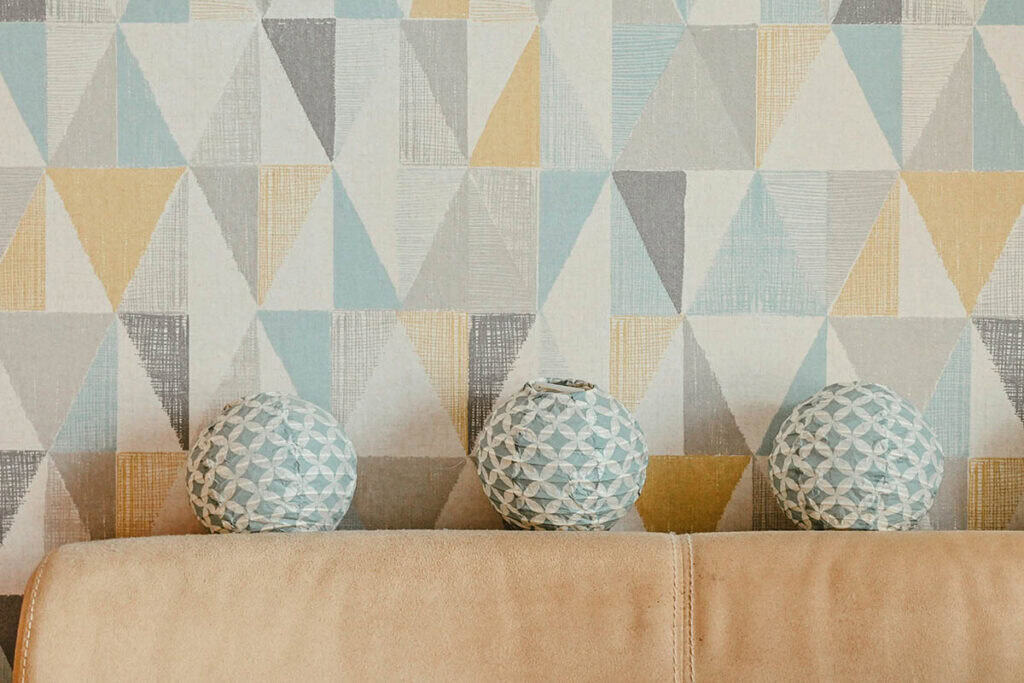
Effective pattern mixing involves pairing large-scale patterns with smaller, intricate patterns. For example, combining bold geometric patterns with delicate floral patterns creates contrast and balance. Abstract patterns can add a modern touch when mixed with traditional designs like florals or stripes.
When layering, consider varying the pattern types but maintain consistency in texture or theme to avoid visual chaos. It’s also important to space out patterns, allowing them to breathe in a room rather than crowding together.
A common starting point is a patterned rug, which anchors the scheme before adding complementary wall or upholstery patterns.
Coordinating Color Schemes

Color coordination is crucial when incorporating multiple patterns. Selecting patterns that share at least one common color helps unify the design. For example, pairing a floral fabric with geometric cushions that share a blue tone creates a coherent look.
A balanced color palette can range from subtle earth tones to vibrant hues but should maintain enough contrast to highlight each pattern’s uniqueness. Soft or muted colors prevent busy patterns from clashing, while a limited palette enhances the effect of mixing patterns without overwhelming the eye.
| Key Tips for Color Coordination |
|---|
| Choose patterns with 1+ shared colors |
| Use neutral backgrounds to soften bold motifs |
| Limit number of colors to 3-4 per space |
| Consider texture to complement color choices |
This combination of balancing pattern scale and coordinating color schemes is central to expert pattern mixing in interior design.
4. Popular Patterns in Interior Design
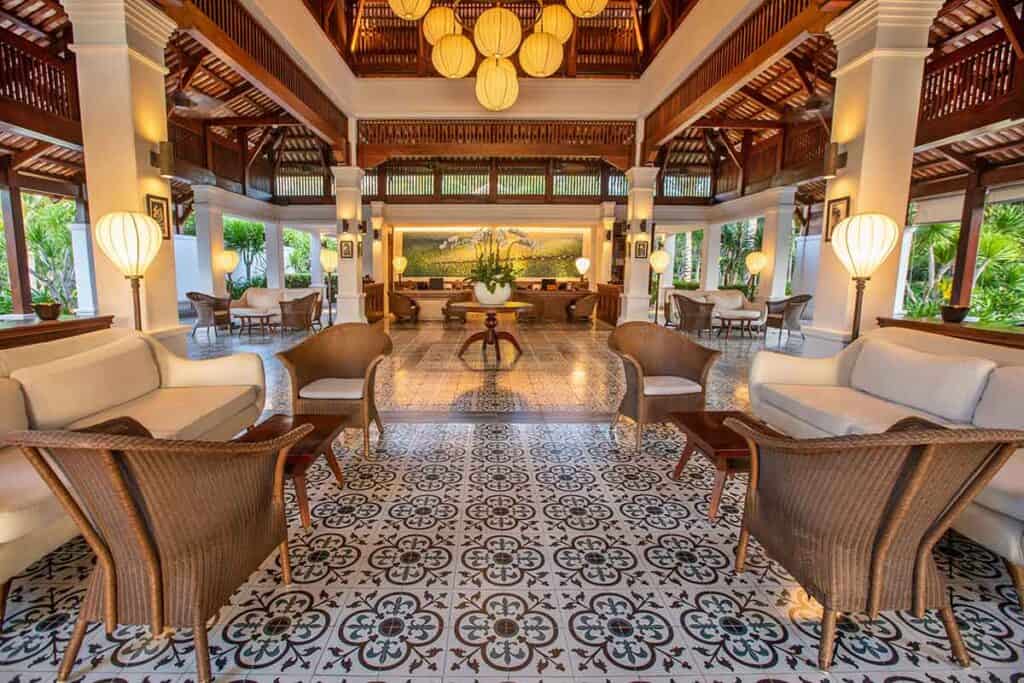
Patterns in interior design bring structure and personality to a space. The choice often revolves around how patterns create visual interest through scale, color, and repetition. Skilled use involves combining different patterns while maintaining harmony.
Geometric and Abstract Motifs
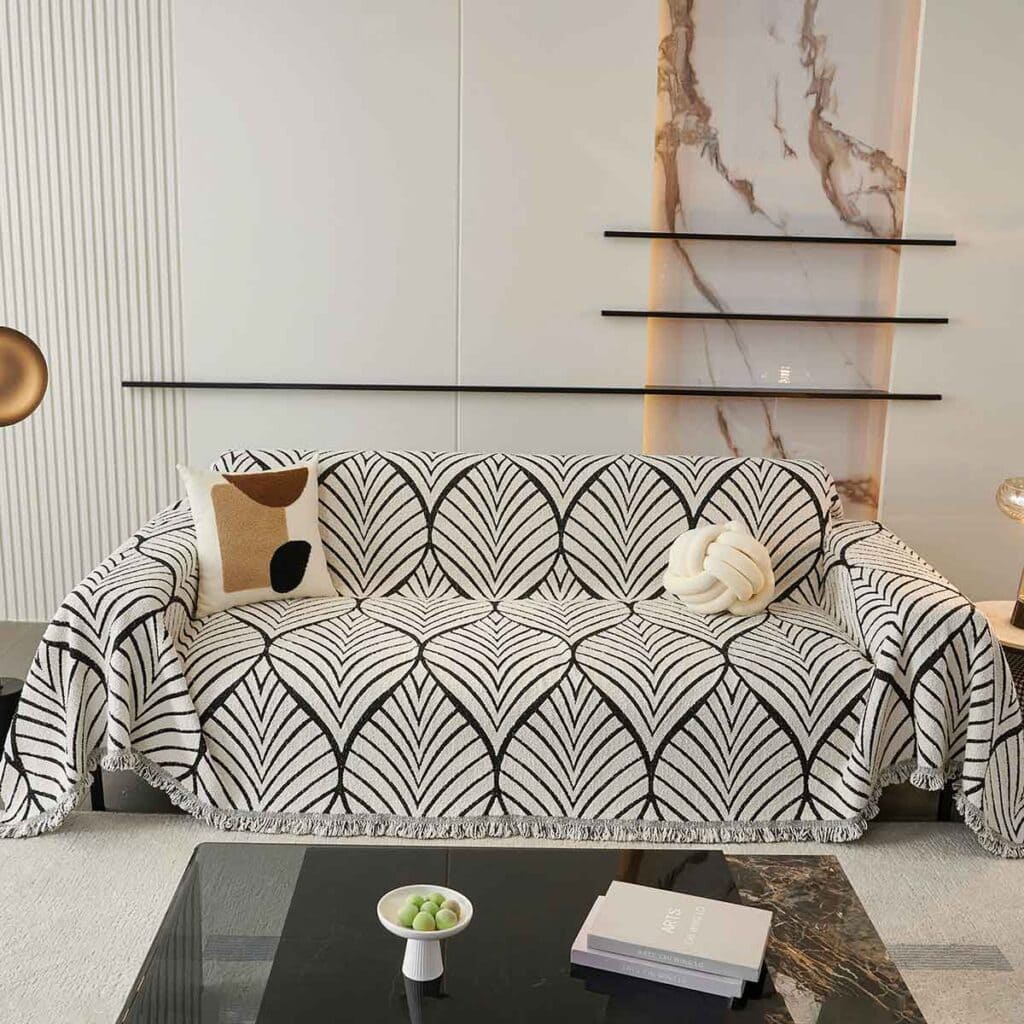
Geometric patterns rely on shapes like squares, triangles, and circles arranged in repeating elements. These designs often introduce obvious directional movements, guiding the eye across walls, rugs, or textiles.
Large scale geometric patterns can make a bold statement in minimalist rooms, while small patterns work well in busy or compact areas. Abstract motifs, such as chevrons or herringbone, add dynamic rhythm and can vary between simple and complex forms.
Matching patterns carefully matters when mixing multiple patterns. Colorful geometric designs can contrast with solids or more organic shapes, but too many bold elements may clash. Using geometric patterns as anchors paired with subtle accents creates balance.
Floral and Organic Designs
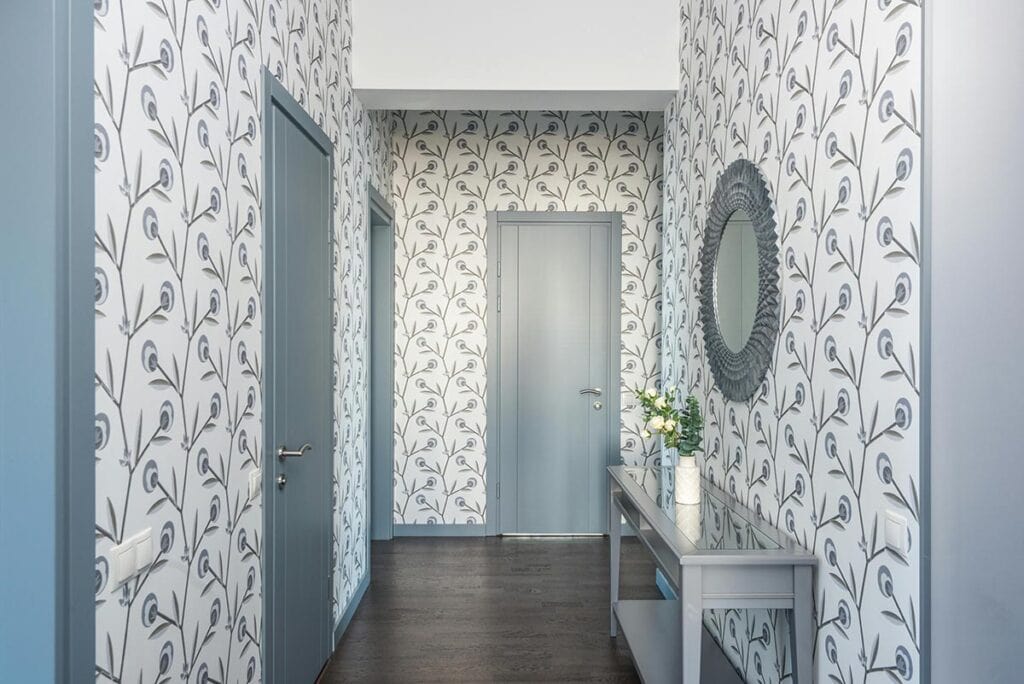
Floral patterns reflect natural forms with curves and botanical shapes, ranging from delicate buds to large blooms. They introduce softness and warmth to interiors, often invoking a calming atmosphere.
Large scale florals serve as focal points on wallpaper or upholstery, while small patterns provide detailed texture in cushions or curtains. These patterns incorporate flowing lines rather than rigid shapes, offering visual contrast to geometric designs.
Incorporating floral patterns alongside geometric ones requires attention to scale and color. Simple floral motifs in muted tones can complement bold, structured patterns without overwhelming the space. The use of multiple patterns in such combinations enhances depth and richness in design.
For mixing patterns effectively, understanding geometric and floral elements helps create cohesive interiors that feel intentional and visually engaging.
See also Vertical Lines in Interior Design
5. Incorporating Patterns in Different Spaces
Using patterns strategically can define a room’s character and enhance its visual interest. By balancing scale, color, and texture, patterns help create dynamic yet cohesive spaces that avoid overwhelming the eye.
Living Room Design Strategies
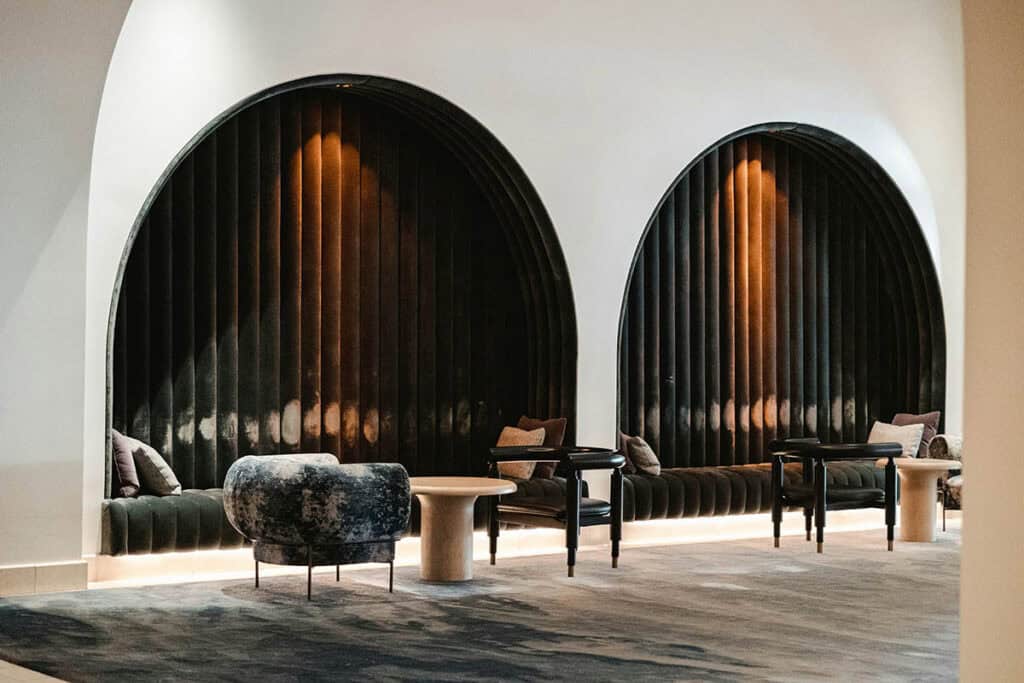
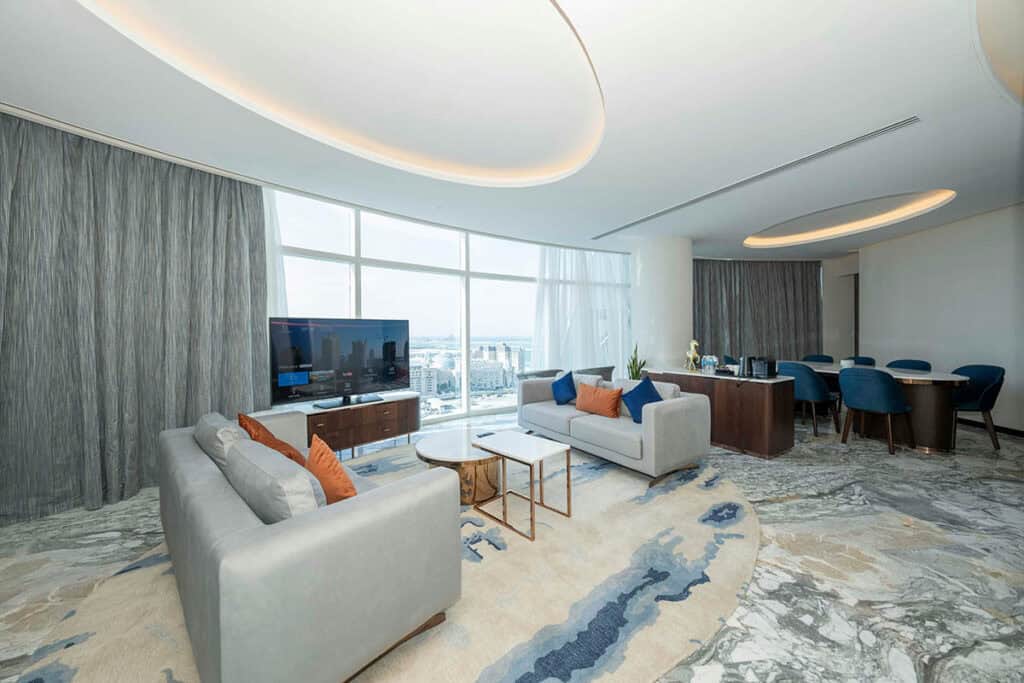
In the living room, geometric patterns are often used to add structure and rhythm. Large-scale patterns on rugs or feature walls can establish a focal point, while smaller geometric designs on pillows or throws introduce subtle contrast.
Mixing patterns is effective, but requires careful color coordination. For example, a sofa with a bold geometric print pairs well with solid-colored cushions that incorporate hues from that pattern. This approach prevents clashing while maintaining depth.
Textured patterns, like woven fabrics or embossed surfaces, further enrich the space. Incorporating patterns through accessories—such as patterned lampshades, curtains, or wall art—allows for easy updates without committing to permanent changes.
Bedroom Pattern Integration

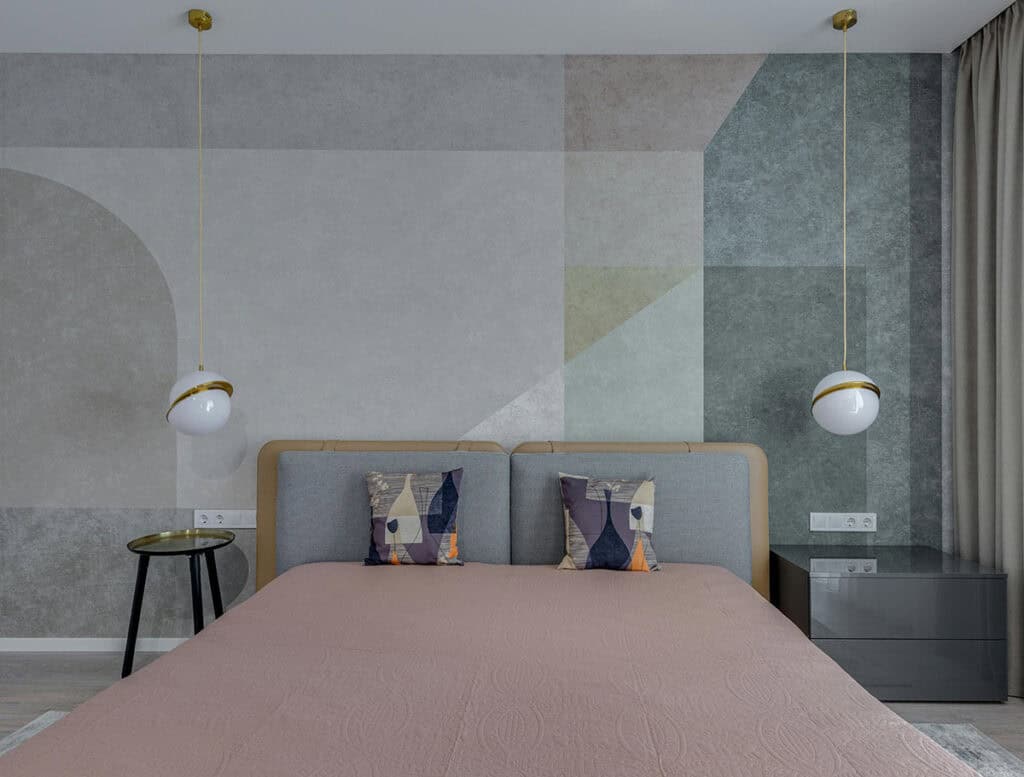
Bedrooms benefit from softer pattern choices, like floral or botanical prints, to create a calm and inviting atmosphere. Bedding is the primary place to incorporate these patterns, mixing floral prints with subtle stripes or dots to avoid monotony.
Choosing a dominant pattern for bed linens and layering smaller, complementary patterns in accent pillows and rugs enhances dimension. Pale color palettes help keep floral designs soothing, contributing to restful energy.
Patterned wallpaper or headboards can add personality without overwhelming, especially when balanced with neutral walls and minimalist furniture. Mixing patterns in bedrooms should prioritize comfort and harmony to maintain a relaxing retreat vibe.
These techniques explain how to incorporate patterns effectively for function and aesthetics in varied interior spaces.
Pattern in Interior Design: A Recap
Incorporating patterns thoughtfully can transform any space, adding rhythm, texture, and visual interest. Whether you’re introducing pattern for the first time or looking to refine your style, understanding how to mix and match different designs is essential.
By selecting a colorful pattern that reflects your taste and combining it with complementary elements, you can create interiors that feel lively yet cohesive. Having patterns is a powerful way to showcase your personal style, making every room feel uniquely yours




